Almost every region in Spain offers a great array of hiking routes, but perhaps some of the best and most diverse can be found in the northeastern region of Catalonia, where you have the Pyrenees in the north, the coast to the east and countless natural parks in the interior.
Camí de Ronda
The longest and most picturesque of all the routes in Catalonia is the Camí de Ronda or Camino de Ronda. It runs all the way along the coast from the border with France down to the border with the Valencia region. Passing through quaint coastal villages, along clifftops and even through tunnels, the route was originally created by smugglers who used to take their loot from one bay to the next. Later, these routes were joined together to form one long one by the civil guard, in order to control and catch the criminals.
The trail runs for a whopping 583km throughout the whole region, but the most spectacular and well-known sections of the hike lie within the Costa Brava, which starts from Blanes and runs all the way up to Portbou on the French border. This part is around 220km long and can be done in 12 stages, taking a total of 12 days. It’s not necessary to do the whole route, however, you could easily take a single stage and make a day trip out of it. It’s best done in early summer before the crowds arrive or in September when it’s still warm enough to swim along the way, but all the holidaymakers have gone home.
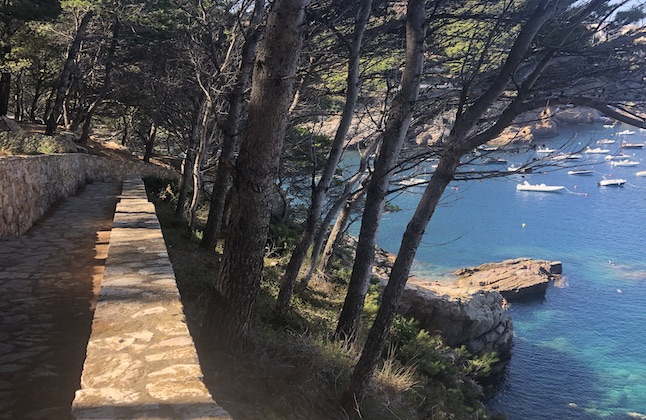
Mont-Rebei Gorge
The Congost de Mont-Rebei gorge is one of the most striking in the whole of Catalonia, where incredible aquamarine waters run between dramatic ravines and lofty cliff tops and vultures soar overhead. It’s a popular route and is moderately challenging with several ascents and dips walking along narrow pathways or staircases clinging to the edge of the rock. It’s situated approximately a three-hour drive west of Barcelona on the border with Aragón. You can choose to hike longer or shorter sections of the route, but the main and most popular part is around 12km there and back.
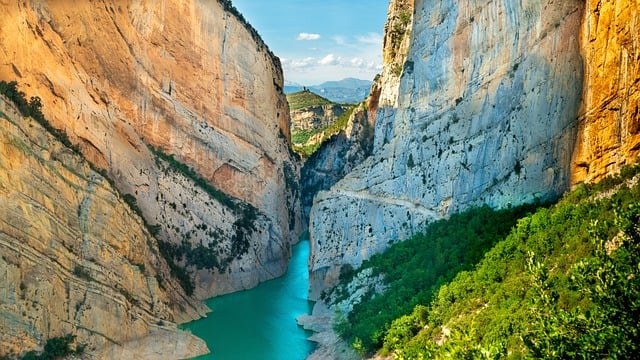
Ruta dels 7 Gorgs
Near the small village of Campdevánol in the province of Girona, close to the foothills of the Pyrenees, you’ll find one of the most thrilling hikes on our list – the route of the seven waterfalls. It’s exactly like it sounds, a hiking route between seven different waterfalls. It’s best to go in summer as you can swim in each of the falls, letting the icy water from the Pyrenees cool you down on those hot Spanish days. It’s a circular route of just 10km, with an extra 6km if you’re walking from Campdevánol train station, but it could end up taking all day if you plan on swimming in each. The route is relatively easy, but there are some tricky steep parts getting down and up again from some of the waterfalls. Because it’s so popular, the number of people allowed in per day is limited and you must pay an eco-tax fee of €5 per person from June to November.
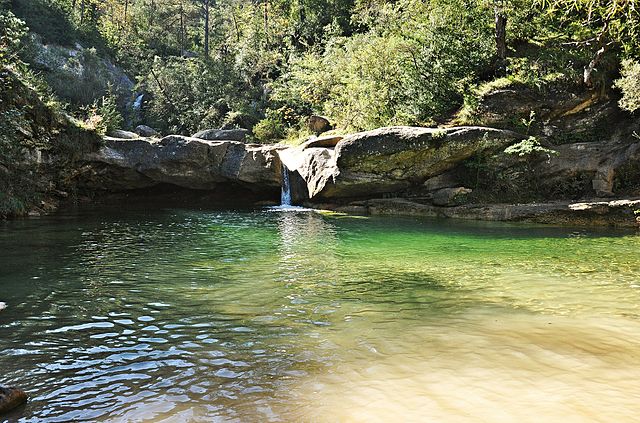
Camí del Vi
Catalonia’s wine route lies within the Penedès, an area known for producing excellent wines and cavas and home to some of the best wineries in the region. It starts in the town of Vilafranca del Penedès, the capital of the wine region and runs for 3.5km, taking around three hours to complete in total, there and back. From the tourist office, you’ll walk through the town and then out into the vineyards themselves. Along the way are eight different stations where you will learn about wine production and the life cycle of the vine, as well as the different varieties of grapes that grow in the area. There are plenty of bodegas (wineries) near by where you can stop for a drink too.

Ruta de los 7 Lagos del Circ de Colomers
Between the National Park of Aigüestortes and the Vall d’Aran, just went of Andorra in the high Pyrenees lies the route of the seven lakes. It’s a total of 15km, but there are taxis that can take you from the car park to the beginning of the route and back, taking it down to just 7km. One of the most spectacularly beautiful hiking routes, as the name suggests, it passes seven glassy mountain lakes hemmed in by towering peaks and verdant forests. It’s of medium difficulty level, meaning it’s best if you have a bit of experience with hiking in the mountains.
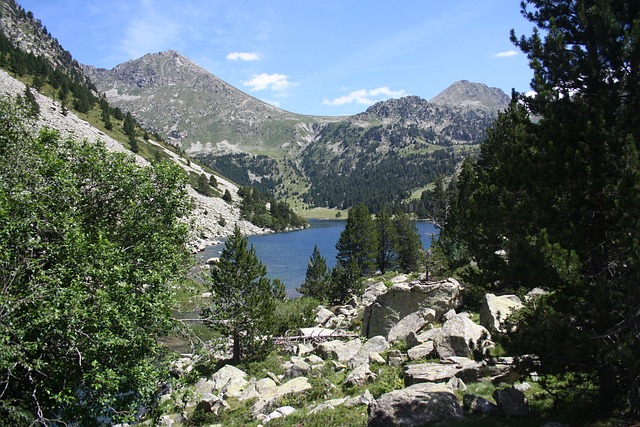
Ruta por los volcanes de la Garrotxa
Just north of Girona lies La Garrotxa Volcanic Zone Natural Park, which offers one of the best examples of volcanic landscapes on the Iberian Peninsula, featuring 40 ancient volcanic cones and around 20 old lava flows. One of the best ways to explore it is via the various hiking routes throughout the park. The best is the circular hike from La Fageda d’en Jordà to the Santa Margarida volcano and on to El Croscat volcano, which is 12km and takes just over four hours complete.

Subida al Pedraforca
The most challenging hike on our list is the ascent of Mount Pedraforca, located in the high Pyrenees, just below Andorra. It’s one of Catalonia’s most iconic-looking mountains – resembling a pitchfork with a small dip in between two soaring pointed peaks, one measuring 2444m and the other 2506m. The starting points generally begin at the Mirador de Gersolet viewpoint, but there are several routes to reach the top. It takes between five and seven hours to complete, depending on your experience but is best avoided in winter and early spring from December to April when the snow can make it even more difficult.

Ruta de Carros de Foc
Another hike within the mighty National Park of Aigüestortes is the grand Carros de Foc or Chariots of Fire. It’s a circular route of 65km and takes between five to seven days to complete between nine different mountain refuges, where you can stay the night. The route is characterised by high mountains and large granite boulders, as well as several sparkling mountain lakes. You’ll need some experience and stamina to complete this one.
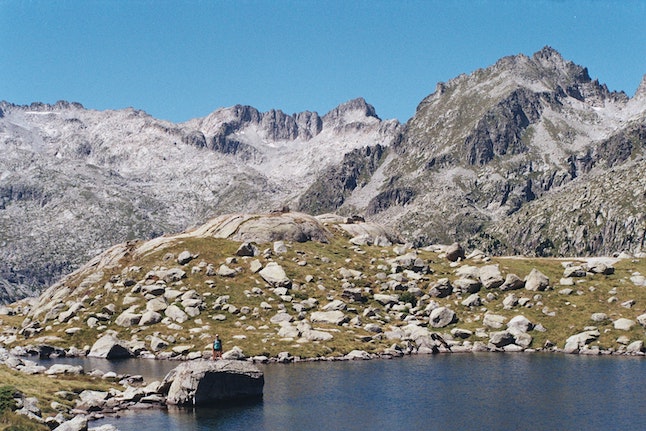

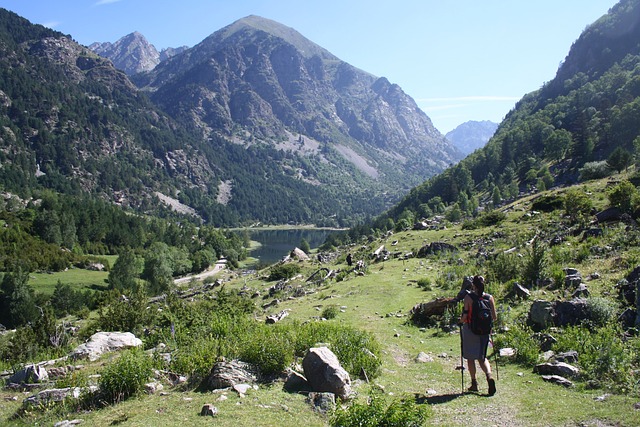
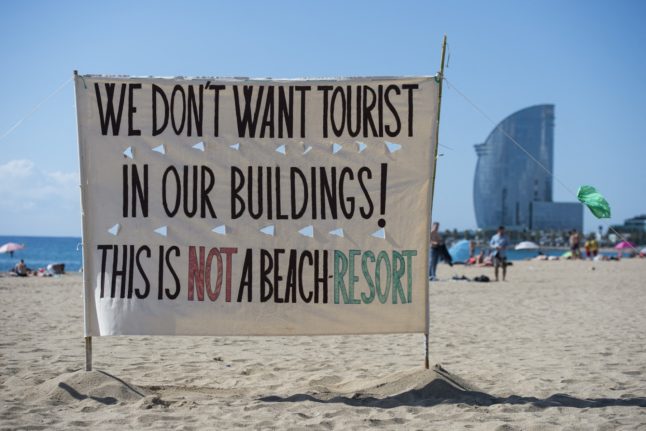
 Please whitelist us to continue reading.
Please whitelist us to continue reading.
Member comments